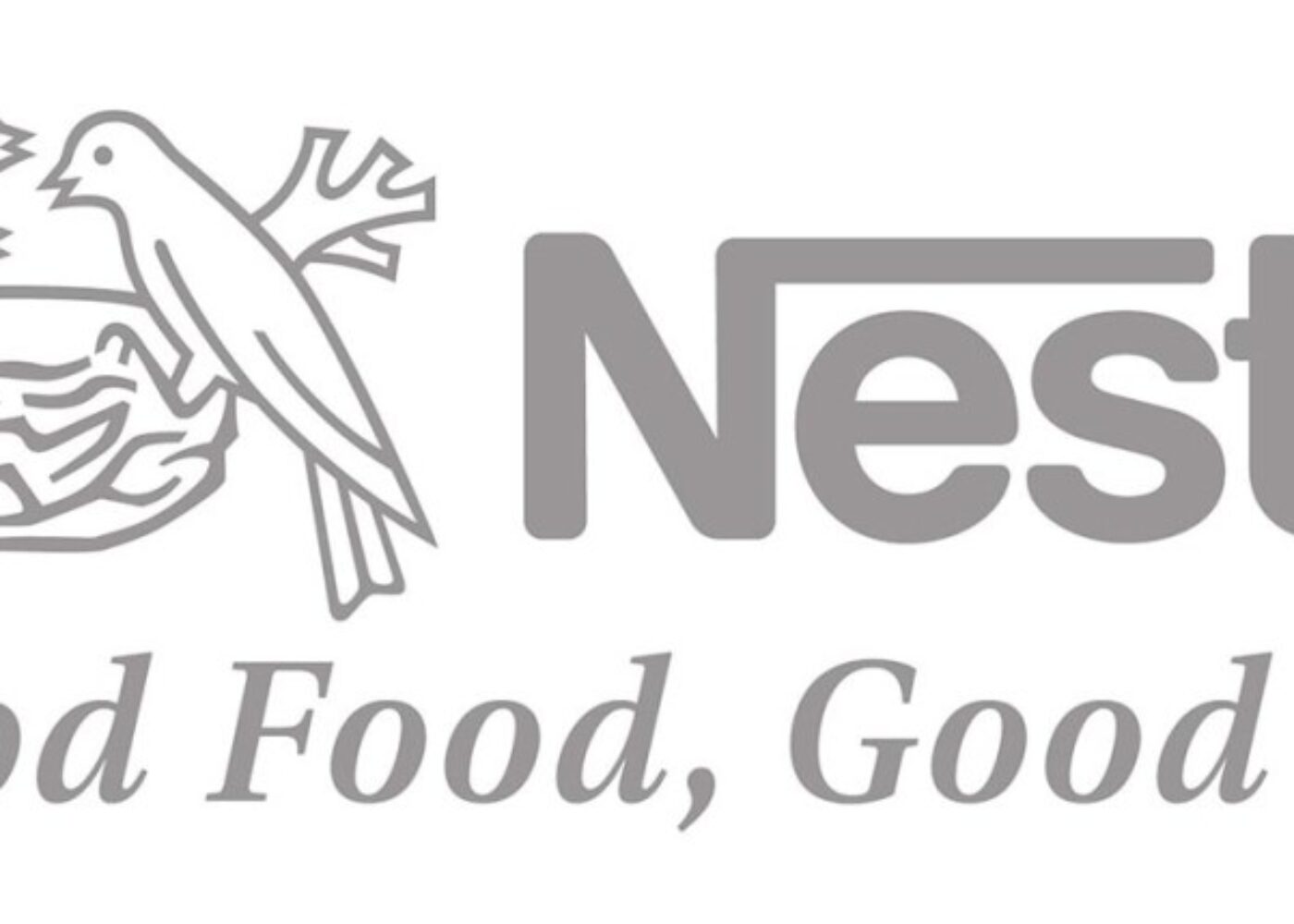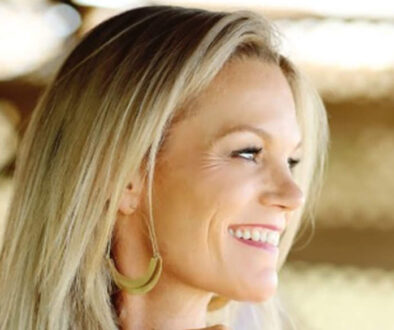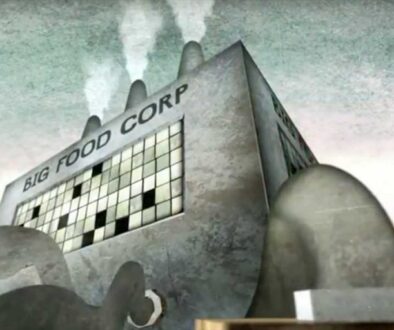What Nestle’s Decision to Dump Food Dyes Says About the Movement

A few years ago, I was asked if I would consider speaking at Nestle. The event would take place in Solon, Ohio, at their frozen foods’ headquarters. Sales were in a nosedive. I would be speaking alongside someone from McDonald’s.
In all honesty, I wasn’t sure. Kraft and Burger King had leveled threats at others who had invited me to speak out on these issues. What would Nestle do?
So, I got on the phone with the CEO of Nestle’s Frozen Foods’ division. “You can say things that I can’t say.” He’d seen one of my TEDx talks. “I am worried that Nestle becomes obsolete. That we go from five floors in our building, to four, to three, to two, to one.”
He had three boys.
I said yes.
A few weeks later, I was on my way to Ohio. I had no idea what to expect. It was the first food conglomerate to invite me in the door.
We began the two day work session with a dinner in their designer kitchen.
The goal? To make Hot Pocket and Lean Cuisine meals from scratch. It was a great ice breaker, chefs were on hand to help, and the food was beautiful.
When they served it to us in the Lean Cuisine, foil trays: we all scratched our heads. The beautiful culinary art that we had created looked terrible and immediately changed how we felt about what we’d just prepared.
I had been instructed to sit next to the CEO. He was a good man who understood the depth of the issues, having worked previously with those that had gone on to run the Annie’s team. He was also a dad of three.
As I listened to him talk, I thought, “He’s the kind of guy who would have been captain of the football team or an acolyte in high school.” He spoke a lot about his three boys.
He knew so much yet he whispered as he spoke.
Finally, I turned to him and said, “What are you afraid of? You know this, as a dad and as a leader. What are you afraid of?”
Without hesitating, he said, “My board of directors.”
We worked through the next day, as the team opened up. At the end, they wanted to take a picture. “Would you mind being in it?” they asked. As if for some reason, I would say no.
I said yes, and as I left, a year later, so did the CEO. He was doing brave work at a time when few were willing to.
Nestle dropped all of the artificial ingredients, including dyes that have been linked to hyperactivity, in the UK, and replaced as many as 80 artificial ingredients with ingredients sourced from things like carrot, hibiscus, radish, safflower and lemon.
They can do it here, but they have to hear from us.
We need each other in this work. We need to be brave in our actions and in our dialogues. We need to know that we have inherited a broken food system that took decades to build. At this point, as earnings suffer, the supply chain is bottle necked and consumers are waking up, we also know that it is time to build a better one.
Today, as Nestle announced that they are removing artificial dyes from their chocolates, I thought about that meeting and how it was a start.
The Grocery Manufacturers Association is failing its members. Consumer insights’ departments are, too. The landscape of health has changed so dramatically in the last fifteen years, and it is changing the way that we feed our families. Moms speaking the truth have been considered enemies instead of allies.
There is so much work to be done. The faster that these big food companies can get on board and dump the junk, the faster we can fix the issues constraining the growth of a clean and safe food system.
They are buying up the smaller organic, “free-from” companies at a rapid pace. It is where the growth is. 100 million North Americans now have food allergies, food sensitivities or Celiac Disease. This isn’t a fad. This isn’t a trend that is going away. It is a fundamental shift in the health of our country, and it is demanding a rethink on how we treat food.
So my advice to those big food companies today? Put down the baggage from the 20th century. Dump the junk. It’s the 21st century now, and our families, our farmers and our economy need a food system designed to meet those changing needs. If you refuse to, you run the risk of becoming a 20th century relic, obsolete in the 21st century.
Nestle’s share price has held up in a way that other food companies haven’t. There was carnage on Wall Street last week, as Kellogg’s, Kraft, Campbells and others reported earnings. Maybe it’s because Nestle is based overseas, where the standards are different, where the science-based decisions are different and where their products aren’t loaded with artificial ingredients, artificial food dyes, artificial growth hormones and GMOs.
If they can do it there, they can do it here.
The choice before these companies is clear: break up with the chemical companies or break up with consumers.
We need all hands on deck.
If you take one look at the share prices of Chipotle, White Wave, Kroger and other brands leading this change, the bottom line is obvious: real food sells.





